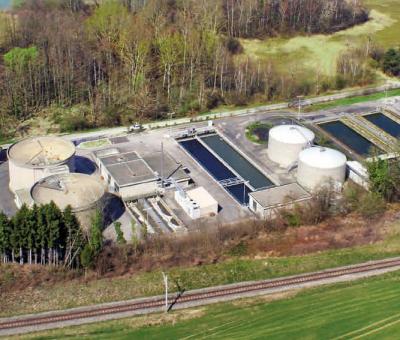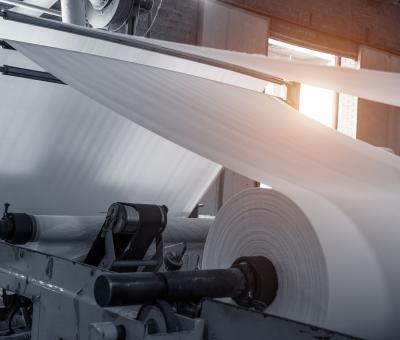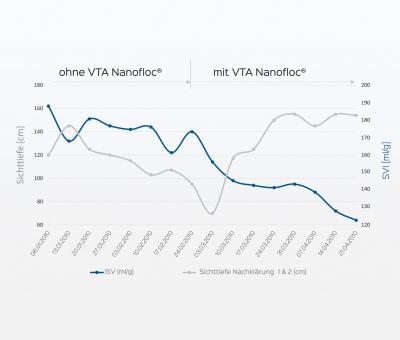Swiss food giant Emmi on the road to success with VTA Nanofloc®.
The name Emmi is a hallmark not only of delicious dairy products but also of innovation: just a few weeks ago, the Emmi Group was ranked by the University of St.Gallen among the ten most innovative companies in Switzerland. So it’s no wonder that Emmi also relies on innovative solutions for its treatment of the company’s wastewater – VTA Nanofloc®, to be precise.
Emmi produces powdered milk and mozzarella at its Dagmersellen plant near Lucerne. It is therefore primarily milk constituents, fats and solids that the company’s wastewater treatment plant has to deal with. Strong fluctuations in the hydraulic system and high impact loads don’t make this job any easier.
With a capacity of 65,000 PE, the plant has two SBR reactors and, following improvements to the plant’s engineering in recent years – including a pre-acidification plant – is equipped with the best available technology. Nevertheless, the Emmi staff in charge at the Dagmersellen plant found themselves repeatedly confronted with major challenges.
Organic overload encouraged the growth of Nocardia filamentous bacteria, resulting in sludge overflow and scaling caused by deposits in the aeration system. So for a long time, it proved difficult to adhere to the defined discharge values (Emmi is an indirect discharger into the Dagmersellen municipal wastewater treatment plant). This changed abruptly when, after a thorough analysis, VTA area manager Martin Lerch recommended the use of VTA Nanofloc® in the biology of the plant.
Degradation capacity significantly improved
The results are impressive: the settling time in the two reactors has been shortened and the sludge volume has decreased significantly. Sludge overflow is no longer an issue, and redissolution – of phosphorus, for example – no longer occurs. In combination with technical modifications, dewatering was also significantly improved. The dry substance content increased from 15 to up to 23 percent. Treatment capacity has also increased significantly, the settling time in the two reactors has been shortened and the sludge volume has decreased significantly. Sludge overflow is no longer an issue, and redissolution – of phosphorus, for example – no longer occurs. In combination with technical modifications, dewatering was also significantly improved. The dry substance content increased from 15 to up to 23 percent. Treatment capacity has also increased significantly.
As a result, Emmi has come a significant step closer to its goal of discharging directly into the receiving water course rather than into the municipal treatment plant as is currently the case. The use of VTA Nanofloc® has proven successful not only from a technical but also from an economic point of view – and not least in terms of water protection.
‘No alternative to Nanofloc’
In addition to VTA Nanofloc®, Emmi also uses modular products and polymer solutions from VTA – a specially tailored all-round package. The responsible staff at the Dagmersellen plant also appreciate VTA’s service, up to and including the microscopy courses in which they gain valuable biological expertise for practical application.
An internal analysis conducted by Emmi of the optimisation of the SBR reactors using VTA Nanofloc® concludes that: ‘There is no alternative to this product.’
Field report from the VTA Group’s scientific journal “Laubfrosch”, issue 59
A specially tailored all-round package. There is no alternative to VTA Nanofloc®. We appreciate VTA’s service, up to and including the microscopy courses in which they gain valuable biological expertise for practical application.
Запрос
Вам нужна дополнительная информация о наших продуктах?
Обратитесь к нашим экспертам, и мы сообща найдем подходящее решение.





